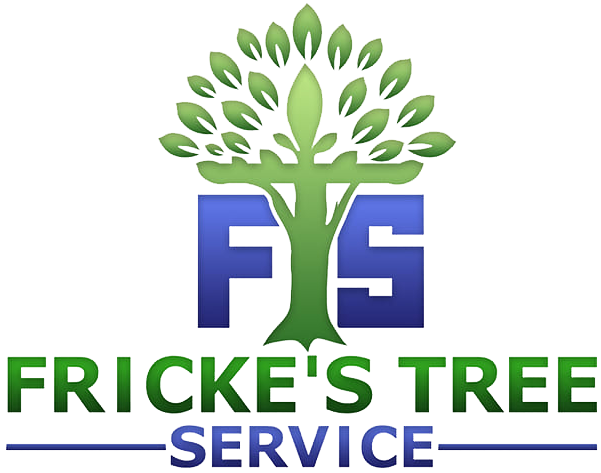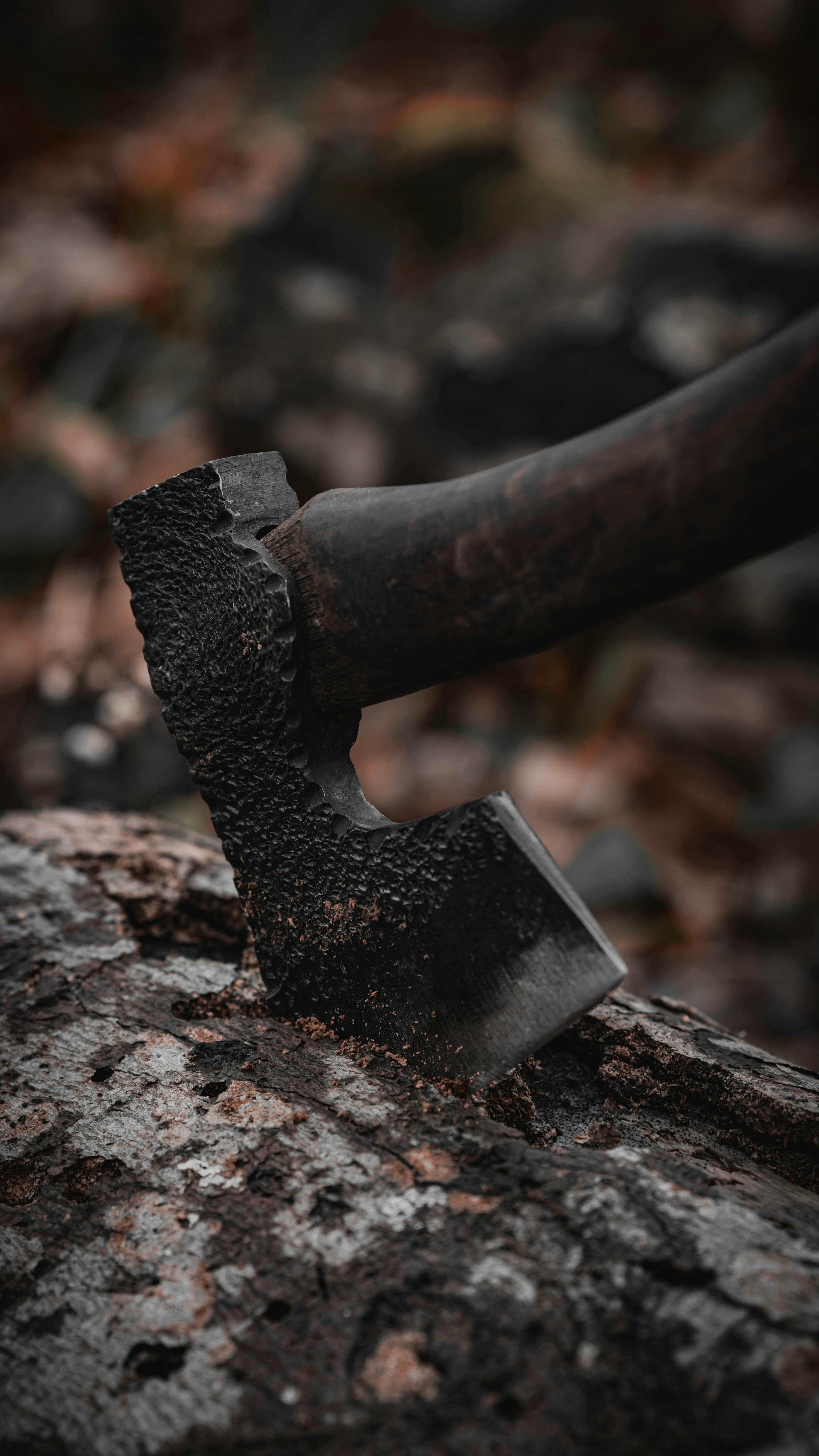Fricke's Tree Service
Understanding Local Tree Removal Costs
Understanding Tree Removal Costs Near You
What Influences Tree Removal Costs?
When considering tree removal, understanding the factors that influence costs is crucial. Various elements can affect the price, including:- Tree Size: Larger trees typically cost more to remove due to the increased labor and equipment required. The height and width of the tree can significantly impact the complexity of the job.
- Tree Location: Trees located near structures or power lines may require special equipment and techniques, increasing costs. Proximity to buildings can necessitate more careful planning and execution to avoid damage.
- Tree Health: Diseased or damaged trees may pose additional risks, impacting the removal process and cost. Trees that are unstable or have structural issues can complicate the removal process, requiring more time and expertise.
- Accessibility: If the tree is in a hard-to-reach area, it may require more time and effort to remove. Limited access can lead to additional labor costs as crews may need to use specialized equipment.
- Stump Removal: If you want the stump removed, this will add to the overall cost. Stump grinding or removal can be a separate service that varies in price depending on the size and location of the stump.
Average Tree Removal Costs
The average cost of tree removal can vary significantly based on the factors mentioned above. Here’s a breakdown of typical costs:- Small Trees (up to 30 feet): $150 - $500. These trees are generally easier to manage and require less equipment.
- Medium Trees (30-60 feet): $500 - $1,200. These trees may require more specialized equipment and labor, especially if they are located near structures.
- Large Trees (60-100 feet): $1,200 - $2,000+. The removal of large trees often involves significant labor and equipment, making them the most expensive to remove.
Additional Costs to Consider
In addition to the basic removal costs, there are other potential expenses to keep in mind:- Stump Grinding: This service typically costs between $75 and $300, depending on the stump's size. Grinding down the stump can help prevent future issues with pests and aesthetics.
- Debris Removal: Some companies charge extra for hauling away the tree debris. If you want the area cleaned up after the removal, be sure to ask about this service.
- Permits: In some areas, you may need a permit for tree removal, which can add to the cost. Check local regulations to ensure compliance and avoid fines.
How to Get Accurate Estimates
To ensure you receive an accurate estimate for tree removal, consider the following steps:- Research Local Companies: Look for reputable tree removal services in your area. Online reviews and ratings can help you identify trustworthy providers.
- Request Multiple Quotes: Obtain estimates from at least three different companies to compare prices. This will give you a better understanding of the market rate for your specific situation.
- Ask About Services Included: Ensure you understand what is included in the quote, such as cleanup and stump removal. Clarifying these details upfront can prevent misunderstandings later.
DIY Tree Removal: Is It Worth It?
Some homeowners consider removing trees themselves to save money. However, this can be risky and may lead to additional costs if not done correctly. Here are some points to consider:- Safety Risks: Tree removal can be dangerous, especially for large trees. Without proper training and equipment, you could injure yourself or others.
- Equipment Costs: Renting or purchasing equipment can be expensive. Chainsaws, ropes, and safety gear add up quickly, and improper use can lead to accidents.
- Potential Damage: Improper removal can damage your property or neighboring properties. Falling branches or trees can cause significant damage, leading to costly repairs.
When to Remove a Tree
Knowing when to remove a tree is essential for maintaining your property’s safety and aesthetics. Consider removing a tree if:- It is dead or dying. A dead tree can become a hazard and may fall unexpectedly.
- It poses a risk to your home or power lines. Trees that are too close to structures can cause damage during storms.
- It is causing damage to your foundation or driveway. Roots can disrupt concrete and lead to costly repairs.
- It is infested with pests or diseases. Infestations can spread to other trees and plants in your yard.
Finding Tree Removal Services Near You
To find reliable tree removal services in your area, consider the following tips:- Online Reviews: Check platforms like Google, Yelp, or Angie's List for customer reviews. Positive feedback can indicate a trustworthy service.
- Ask for Recommendations: Speak with friends, family, or neighbors who have had tree work done. Personal experiences can guide you to reputable companies.
- Verify Credentials: Ensure the company is licensed and insured to protect yourself from liability. This is crucial in case of accidents or damage during the removal process.
Conclusion
Understanding tree removal costs and the factors that influence them can help you make informed decisions. Always prioritize safety and consider hiring professionals for tree removal to avoid potential risks and additional expenses. For a detailed estimate tailored to your needs, reach out to us using this link. Taking the time to research and plan can save you money and ensure a successful tree removal process.RECENT POSTS
Interested in Our Services?
Get in touch today to discuss your next project and we will happy to answer any questions and provide you with a no-obligation FREE Estimate.
Contact Details
Address: 427 Pleasant Oaks Trl, Osteen, FL 32764, United States of America
Phone: (321) 240-5613
Email: jonfric@yahoo.com
Quick Links
Contact Details
Address: 427 Pleasant Oaks Trl, Osteen, FL 32764, United States of America
Phone: (321) 240-5613
Email: jonfric@yahoo.com







